Documentary Review-Analysis; GASLAND highlights the Fracking Up of America
Last Updated on July 1, 2019 by Hamad Subani

Gasland, a 2010 American documentary film, has made a lot of waves because of its critical view of the practice of fracking. The fracking industry has responded with not just a rebuttal, but a full documentary film of their own. Which only adds more merit to the film. While the producers may have intended to highlight the dangers of fracking, the documentary also inadvertently becomes a poignant portrayal of eroding civil and property rights in North America.
If you thought Dick Cheney biggest contributions were the so-called War on Terror, the War in Afghanistan, the War in Iraq and maybe 9/11 itself (never mind), you are wrong. The process of fracking as we have come to know it owes a lot to him (even though it originated in the 40s). From 1995 to 2000 when he became the VP of America, Dick Cheney was the CEO of Haliburton. One of the first things he did as VP of America was to create the Energy Task Force, which met upto 40 times with industry leaders such as Enron, Shell, BP etc. (read: Rothschilds and Rockefellers) and only once with an environmental group. The Energy Task Force along with a $100 million lobbying effort by the oil industry was instrumental in passing the Oil and Natural Gas bill, which contained a loophole. This loophole allowed gas fracking operations to inject chemicals into the earth while being exempt from the Safe Drinking Water Act, the Clean Water Act and a dozen Environmental Regulations.

Soon after, Encana, Williams, Cabot Oil and Gas Corporation, Noble Gas, and Chesapeake began using Haliburton technology to begin the largest domestic gas drilling operation in American history, over a shale formation known as the Marcellus Shale. The fracking operations extended into 34 states.
But was this warranted in the absence of an energy crisis? The Powers That Be are either foreseeing an energy crisis, or intend to create one by having the industrialized world (and even newly emerging economies) shift to gas from more stable sources of energy. Apparently, this is what Enron was also up to in India. Given the environmental damage and violations of property rights, fracking things up was clearly a desperate last resort. And the documentary rightly compares a gas rig to other energy operations as an unsafe car made in the 1890s to modern automobiles. But in a new America were civil and property rights could now be trespassed with impunity, fracking became the new normal.
The process of fracking (or hydraulic fracturing) blasts a mix of water and chemicals 8000 feet into the ground, creating a mini-earthquake. The intense pressure breaks apart rocks and frees up natural gas. The fracking fluid is a mix of 596+ chemicals (Thanks to the research of Theo Colborn). Some of these are proprietary, and therefore their composition is secret. Of those that are known, some of them are clearly toxic, such as antifreeze. Others are clearly not fit for human consumption, such as detergents and surfactants (which dissolve the gills of fish). Glycols cannot be filtered out of drinking water with reverse osmosis (they eat the membranes used in RO). According to the documentary, each frack job requires 1150 truck trips, including 400-600 tanker trucks of water. While all of this water is pushed down, only half of it comes back up and is emptied into pits. It is then sprayed into the air in sunlight, but its chemicals return to the earth as acid rain. Each time a well is drilled, one to seven million gallons of water is required. Once the well is drilled, it can be repeatedly fracked (up to 18 times) for more gas. But each time it is fracked again, they need another one one to seven million gallons of water.

The main problem with fracking is the pollution of underground water, in particular, wells. Firstly, all the chemicals injected into the ground can find their way into streams and wells (which begin smelling like turpentine). A bigger problem is the methane gas being extracted bubbling up in streams and wells. A secondary problem is that biogenic gas (made in small amounts by microbes near the surface) can also be inadvertently liberated into water sources (The industry insists that this is not their problem, and since it is difficult to distinguish between biogenic gas and the actual methane being extracted, this is also a convenient excuse).
Then there is air pollution. The rigs burn diesel (and so do the turbines which force the gas into pipelines), and the condensate tanks where the extract is stored to liquefy emits a variety of chemicals, such as ozone and hydrogen sulfide. It is not unusual to see smog clouds around the rigs. According to one specialist in the documentary, emissions from gas rigs in the Dallas-Fort Worth sector were greater than all the accumulated emissions from passenger vehicles in the area!
The maladies range from asthma and brain damage, to the loss of the sense of smell and taste. Animals also seem to vomit and their hair falls off. But one of the most dramatic moments in the documentary was when a family complained of their tap water (well-based) bubbling and fizzing methane, along with being muddy and metallic tasting. They received a letter from the nearby gas rig operator saying the water was still safe to drink. But the water actually ignites when a lighter is lighted next to it! One could only imagine the complications of using such water to put out fire. While this phenomenon has at rare times been observed in methane-rich areas, in all of the cases the documentary highlighted, the issue started after fracking operations in the vicinity.

Explosion of Fracking or Erosion of Private Property Rights?
While GASLAND sees the problem as the explosion of unregulated fracking and questions the soundness of the technology, the bigger problem here is the erosion of private property rights. Rights don’t exist on paper. They are only as good as the people that stand up for them. Even when present day North Americans are happily giving them up, they still carry some weight due to the fact that once upon a time, people did stand up for them. This is similar to the present day predicament of the dollar. Technically, its fiat money, just like Monopoly money. But it still carries some value because of its historicity; because once upon a time, it was consistently pegged with a fixed amount of gold.
Once upon a time, America saw ever-increasing standards of living and scientific development, and an equally increasing awareness of rights associated with new technologies that emerged. Today’s inhabitants of North America are a different kettle of fish, and get to be trolled by everyone, from Haliburton to the Chinese.
I found it necessary to turn to Richard Maybury (a libertarian thinker) for some more enlightenment on this issue. To quote his book Whatever Happened to Justice (p. 35):
Suppose I dump toxic waste on a farmer’s land and destroy his harvest. What happens to me then?
The farmer will quickly have the sheriff after me.
But suppose I dump this poison in mid-ocean and destroy the tuna the fishermen are trying to harvest. What happens to me then? Probably nothing. Why?
The fisherman are not allowed to have property rights in the ocean. They can’t claim an area as theirs, as farmers can on land. The farmer’s property rights are protected, and so the cleanliness of his land is protected, but the ocean is unprotected because property rights are unprotected.
In other words, if those suffering from fracking are willing to enforce their rights to the air above their land as well as the water underneath it, things would be different. Air and underground water are still considered to be “public.” And unlike the author, who was offered $100,000 to sign away his rights by a gas company, most North Americans are willing to give up their rights for far less, and even for nothing at all. In other words, they no longer “claim” the air and groundwater as theirs, and instead seek to benefit from other parties claiming it. In an eerie confirmation of Maybury’s logic, Cheney’s Energy Task Force also convinced the Bureau of Land Management to lease “public land” for fracking operations. This was considered to be the biggest land grab in contemporary American history.
It is important to remember that before Haliburton’s customized Frackmobiles rolled into towns, North Americans had already allowed their civil and property rights to get fracked up.







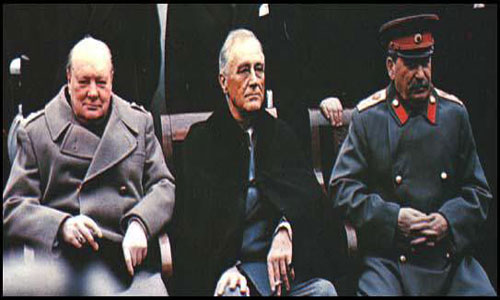

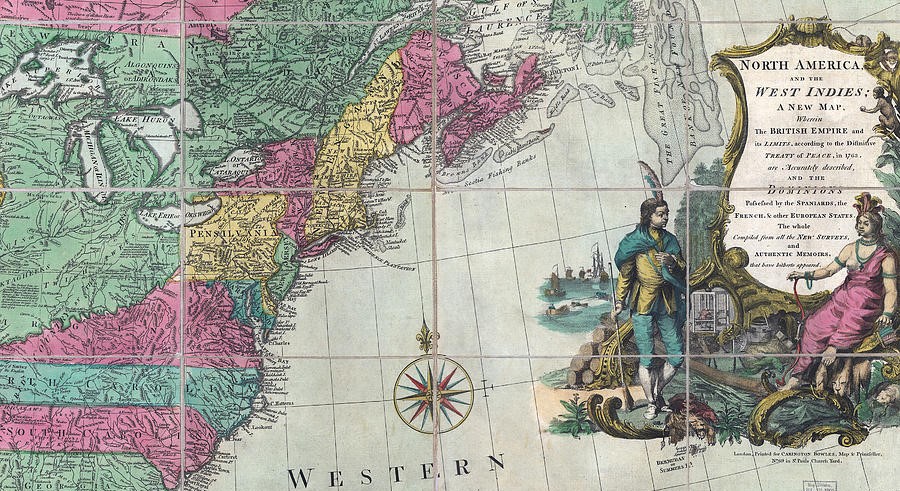
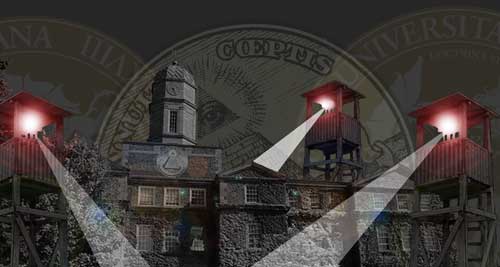


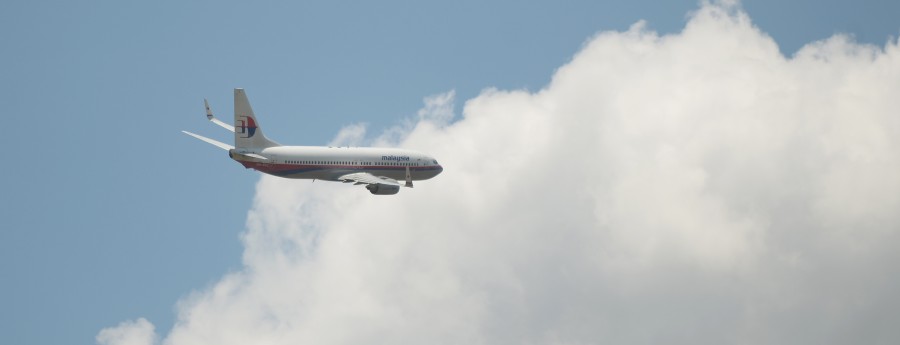


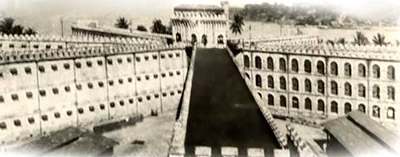
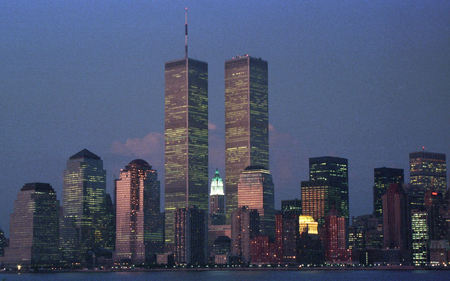








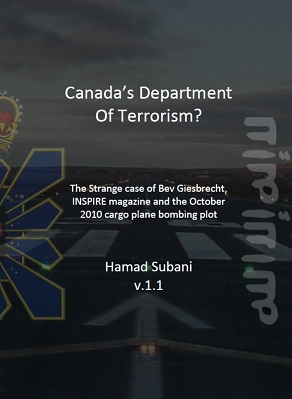

Fracking comes to the Arctic………
https://shellno.org/
Although burning natural gas as a transportation fuel produces 30 percent less planet-warming carbon dioxide emissions than burning diesel, the drilling and production of natural gas can lead to leaks of methane, a greenhouse gas 30 times more potent than carbon dioxide.Those methane leaks negate the climate change benefits of using natural gas as a transportation fuel, according to the study. http://gawker.com/natural-gas-for-cars-does-not-h…
Jeff Gu, a seismologist at the University of Alberta, said the earthquake could have been caused by shifting rock formations in the region — but added there could be another possible explanation.
“Certainly that region is not immune to earthquake faulting, but I would say having actual earthquakes in that area is relatively recent, relatively new,” he said.
Gu is one of three authors of a recently published study in the Journal of Geophysical Research, a peer-reviewed publication that looked at four years of earthquake data around Rocky Mountain House. The study concludes that waste-water injection into the ground is highly correlated with spikes in earthquake activity in the area.
It is the first study of its kind conducted in Canada that links industrial activity to induced earthquakes.
https://ca.news.yahoo.com/study-links-alberta-ear…
Candace, you may want to do some research. The Ghawar Field in Saudi has been pumping out a million barrels a day for the last 25 years. This is oil that is a by-product of the fusion reaction of earth toroidal energies and the ferrous core………again research.
Ghawar Field is pumping 5 million barrels per day and has done so for many years running. Water injection is being used to maintain adequate field pressure, however.
Rollo, while the earth does manufacture and replace oil, doesn’t mean it happens as fast as man sucks it out. The rapid sucking out is behind some of the quaking activity. And it all pollutes terribly. Put on your mind.
I have written 3 communiques to the government of Nova Scotia asking why, since abiotic oil is clearly no longer a theory, and never was, is hydraulic fracturing even being considered?
In response I have received the same form letter three times, and the subject of abiotic oil was never mentioned…….fracking is not about gas.